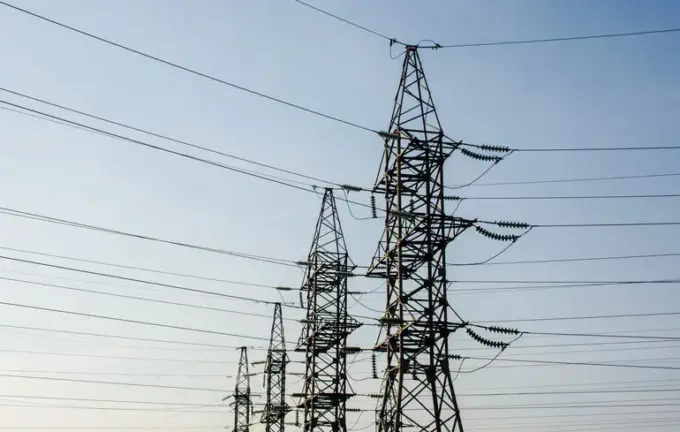The Threat of Russia’s Hybrid Warfare to Europe’s Energy Security and Its Implications

Recent developments in hybrid warfare, conducted by Russia against European countries, have intensified concerns among governments and international experts.
This strategy, which includes cyberattacks, airspace violations, sabotage operations, and the use of drones, poses significant risks to Europe’s energy infrastructure.
Incidents such as drone incursions over Denmark and Norway highlight the scale of the threat, as these attacks can lead to major technical failures and disruptions of critical energy facilities.
Analysts warn that these are just the tip of the iceberg, with increased sabotage activities including navigation jamming, cyber warfare, and infrastructure espionage threatening the continent’s security.
While Russia denies involvement, traces of drone launches from Russian vessels near European coasts intensify suspicions about the scope of hybrid operations.
Although the direct impact on the energy sector has not yet become widespread, the risk of disrupting the winter heating season remains high, given the fragile balance between supply and demand during the cold months.
Damage to pipelines such as Balticconnector and Estlink-2, along with cyberattacks, make European energy systems increasingly vulnerable to malicious and aggressive actions from Russia.
The question of Europe’s preparedness for large-scale attacks remains open, as modern energy infrastructure requires robust protection against ongoing and emerging threats within hybrid warfare.
Despite efforts by European countries to strengthen defenses and diversify energy sources—such as building backup gas supplies, expanding renewable energy capacities, and increasing strategic gas reserves—the scale of hybrid aggression continues to grow.
The threat looms large, demanding greater cooperation and significant financial investments from governments and companies to safeguard energy security during the critical winter period.

